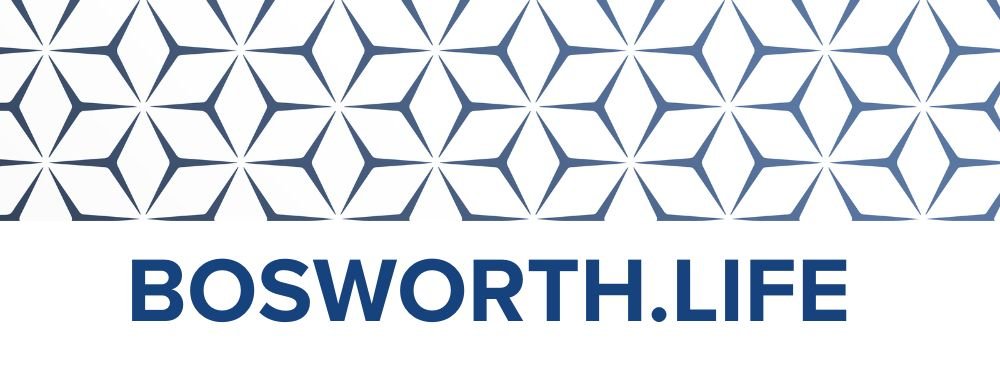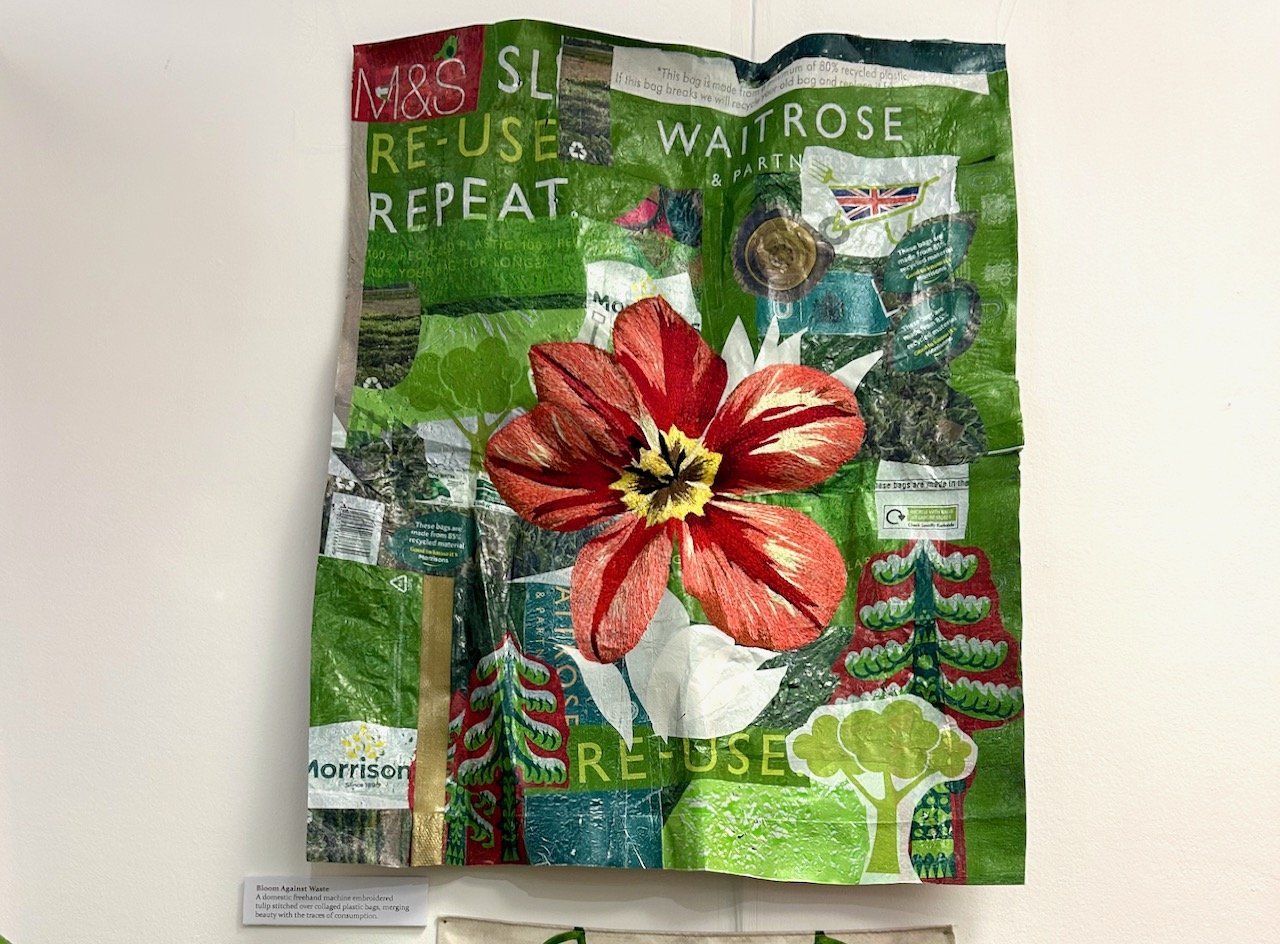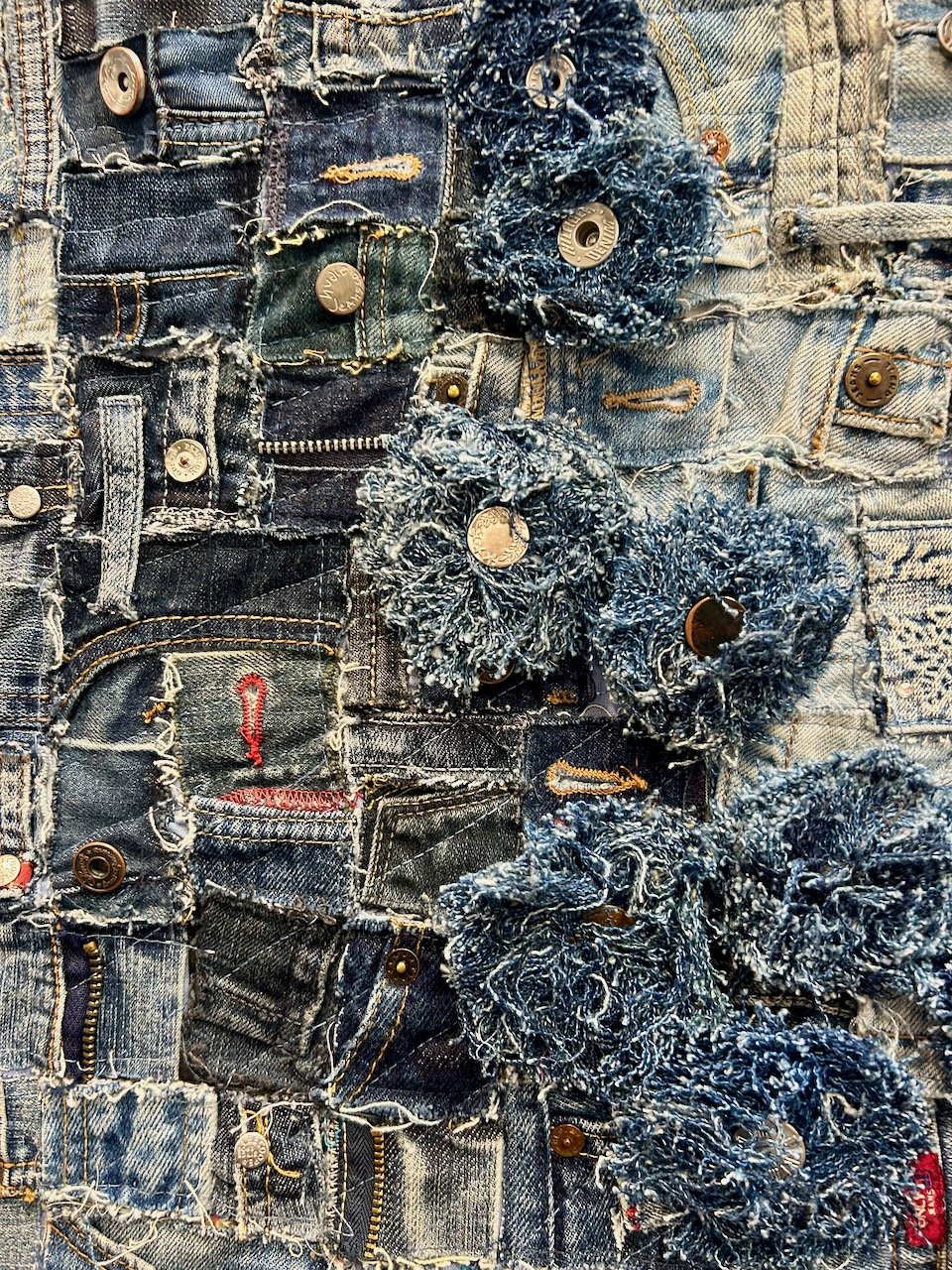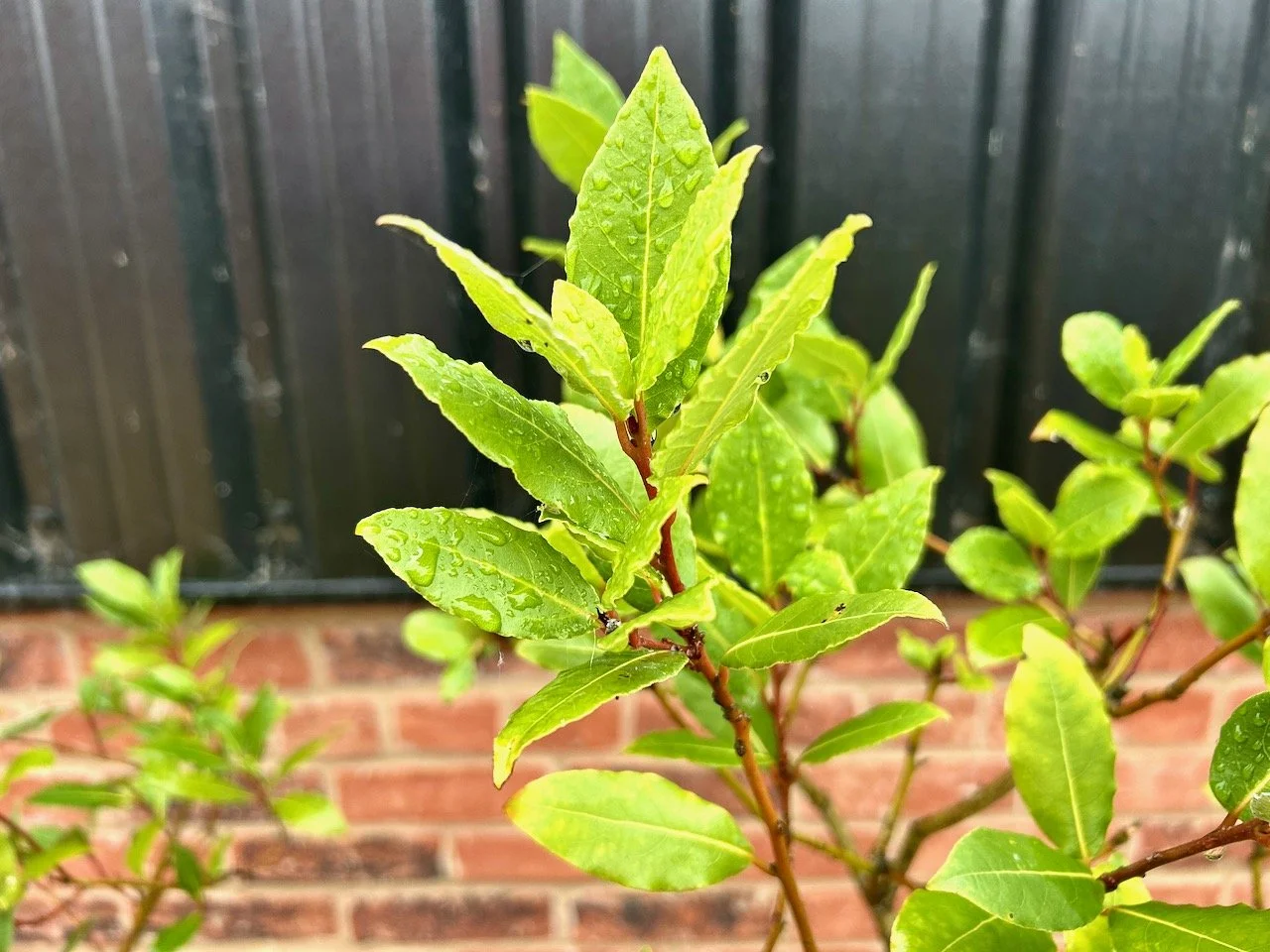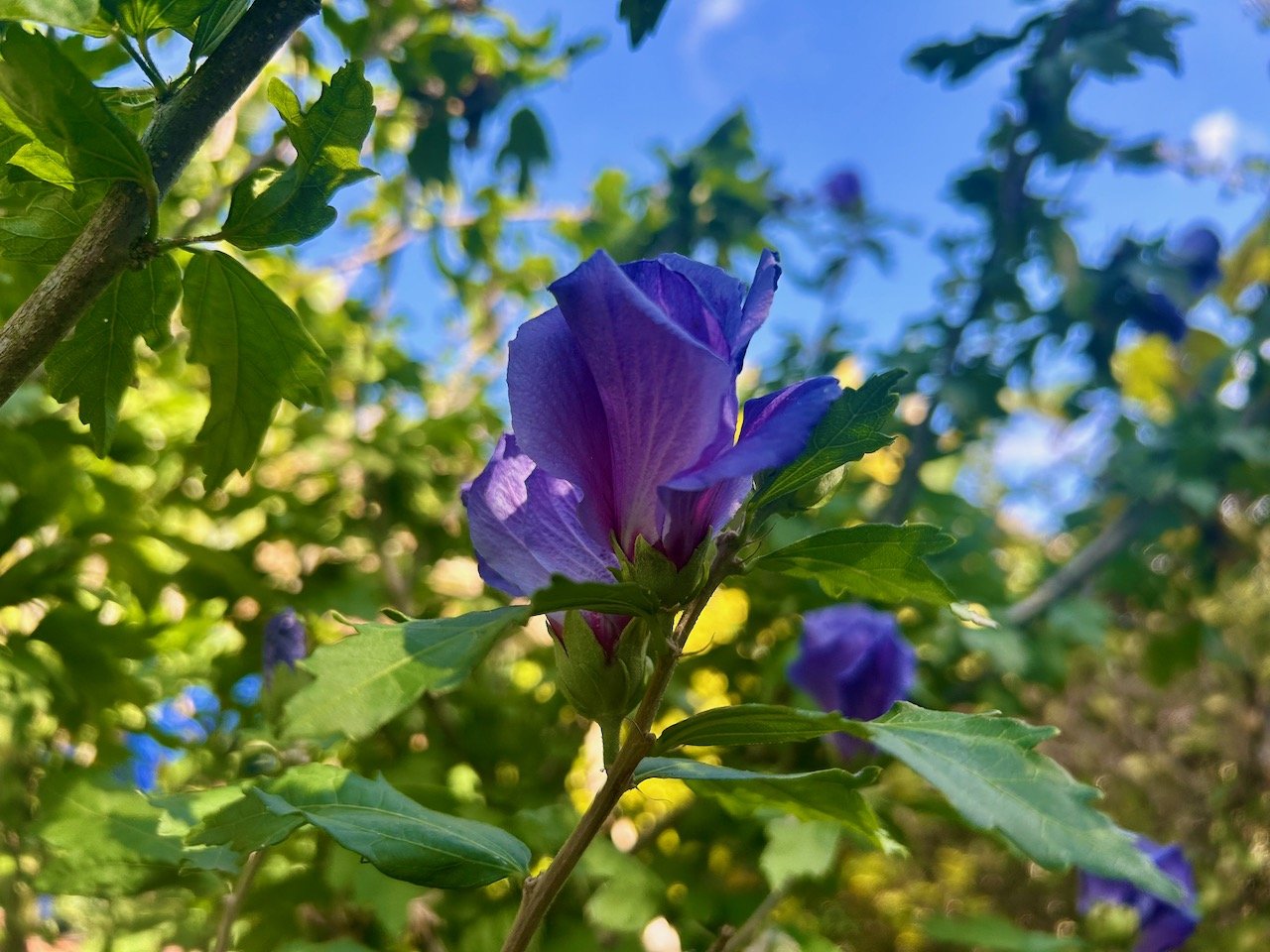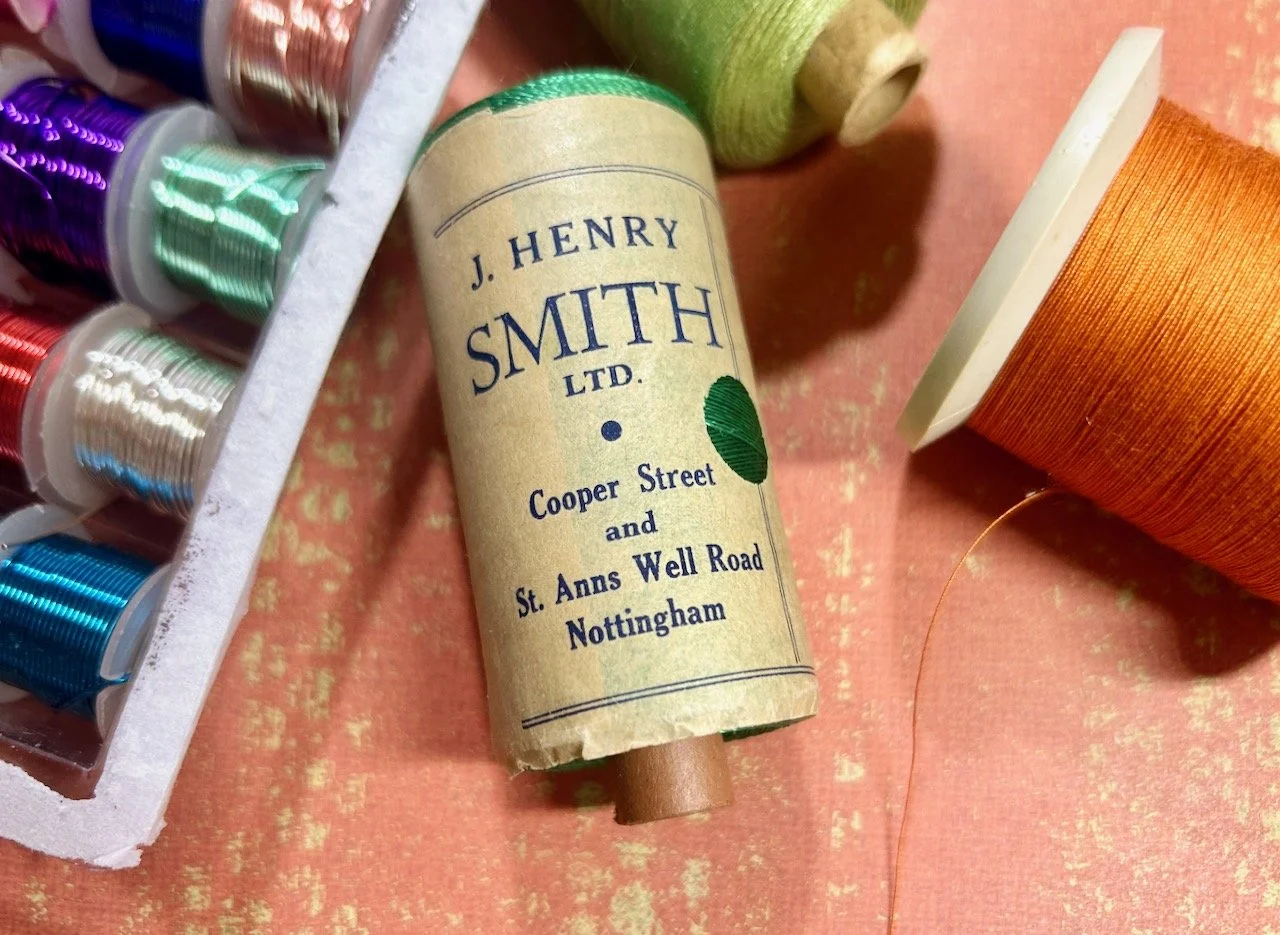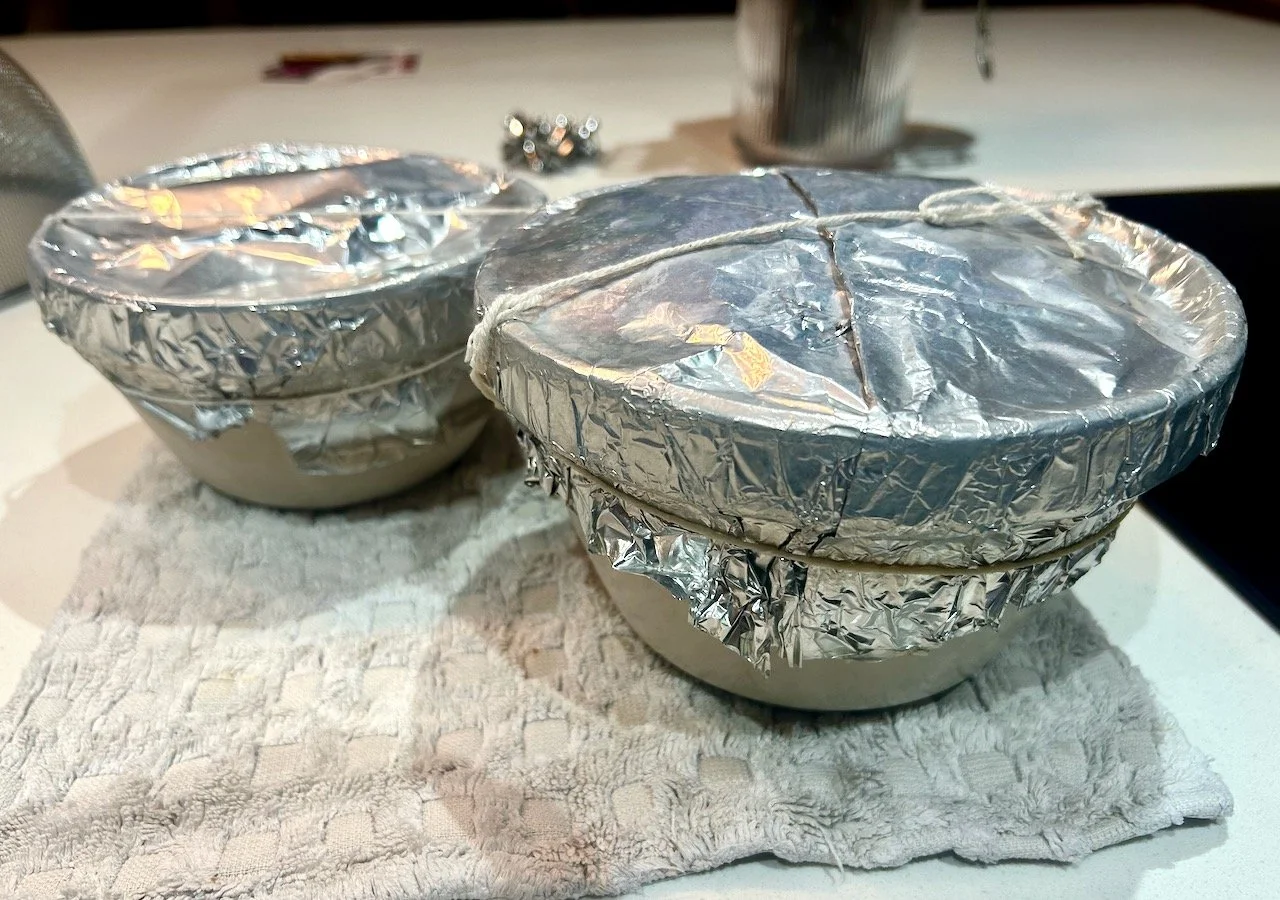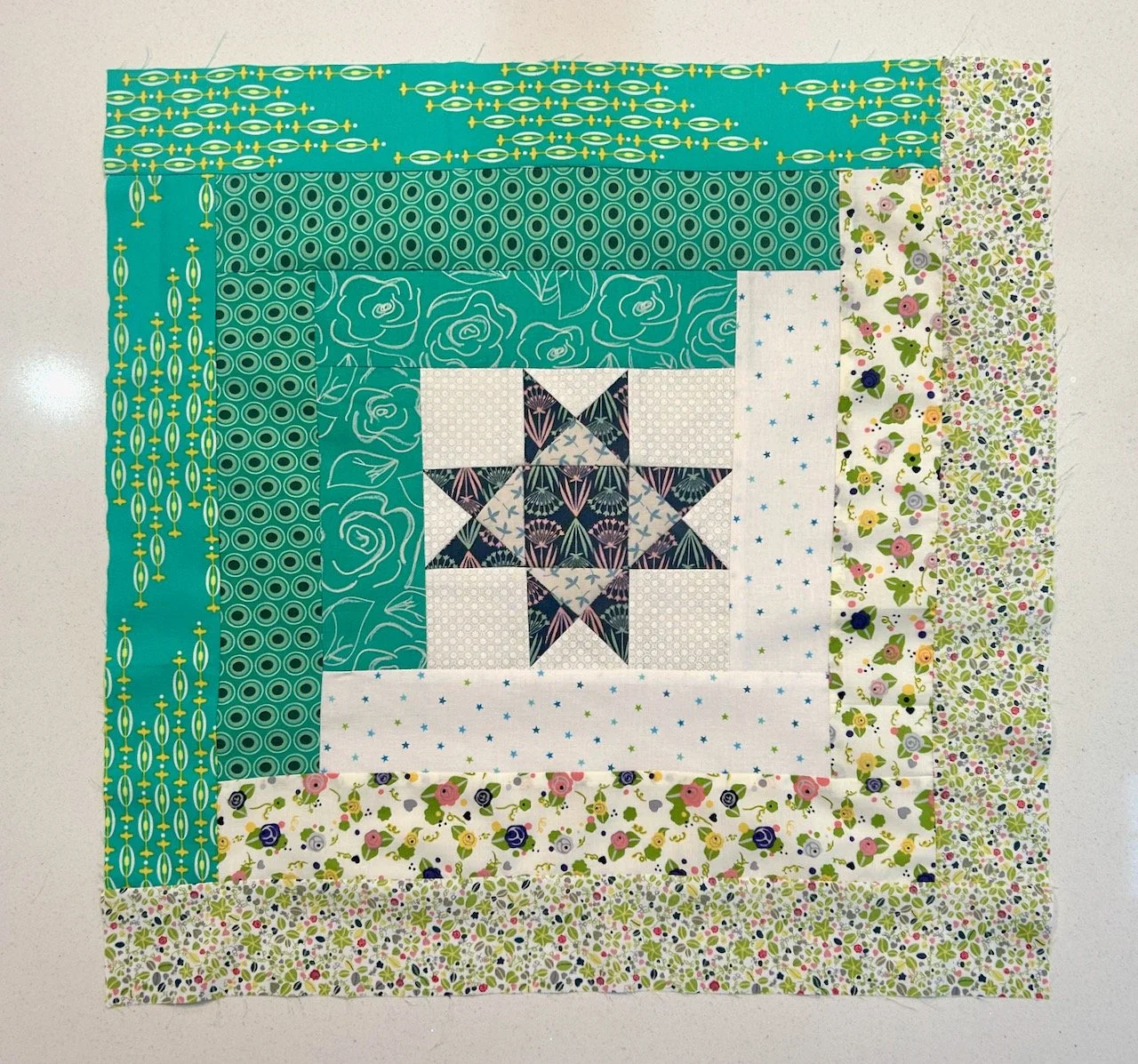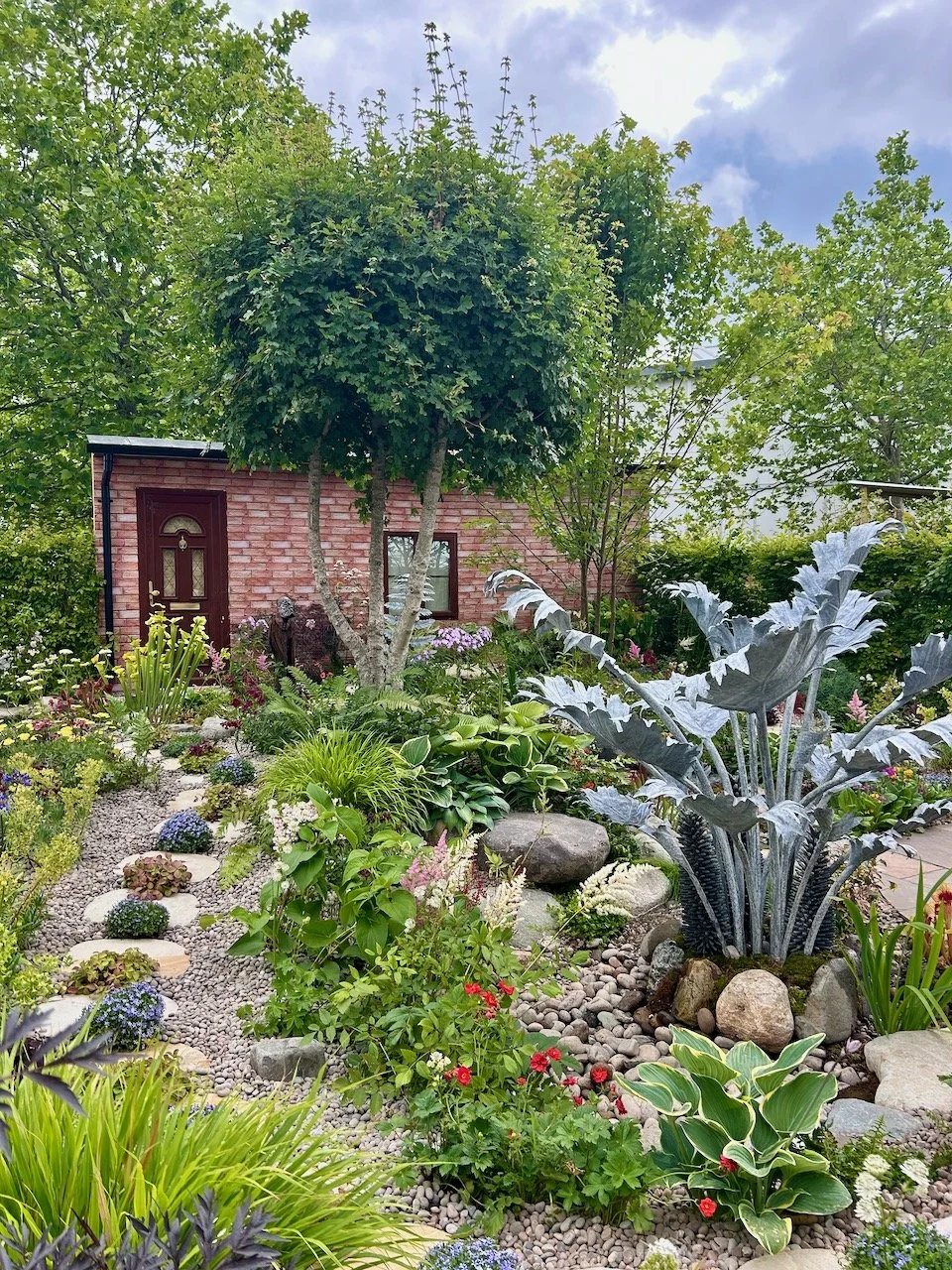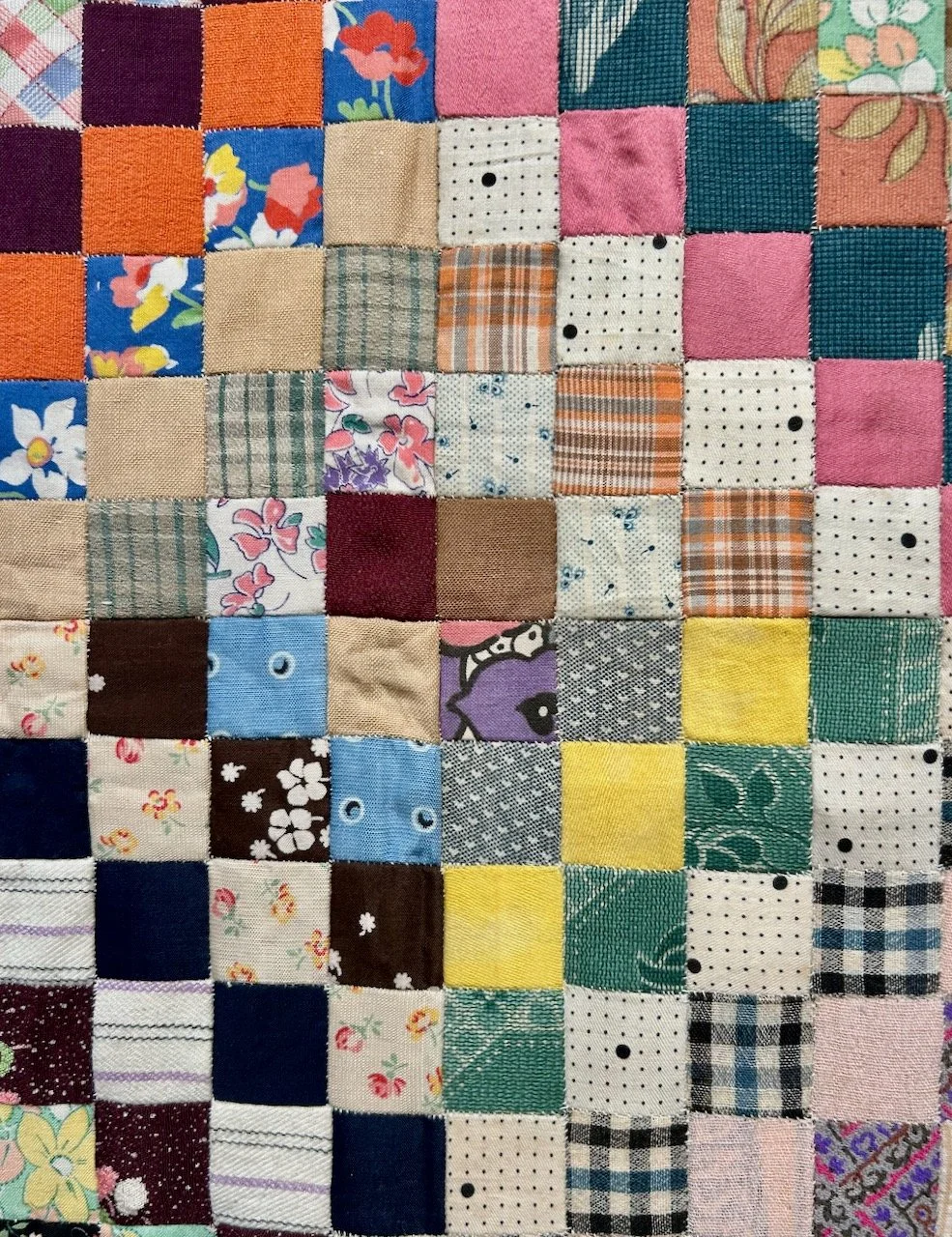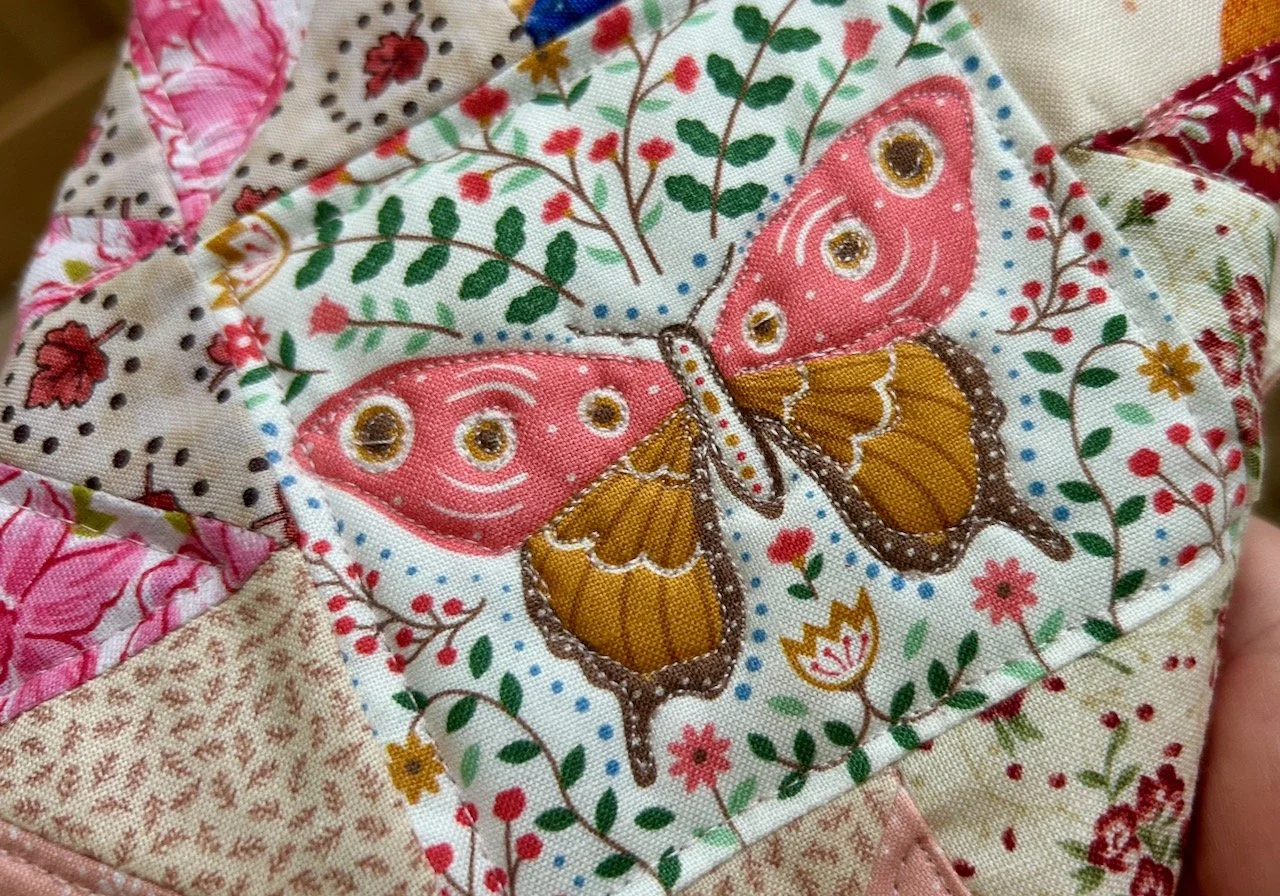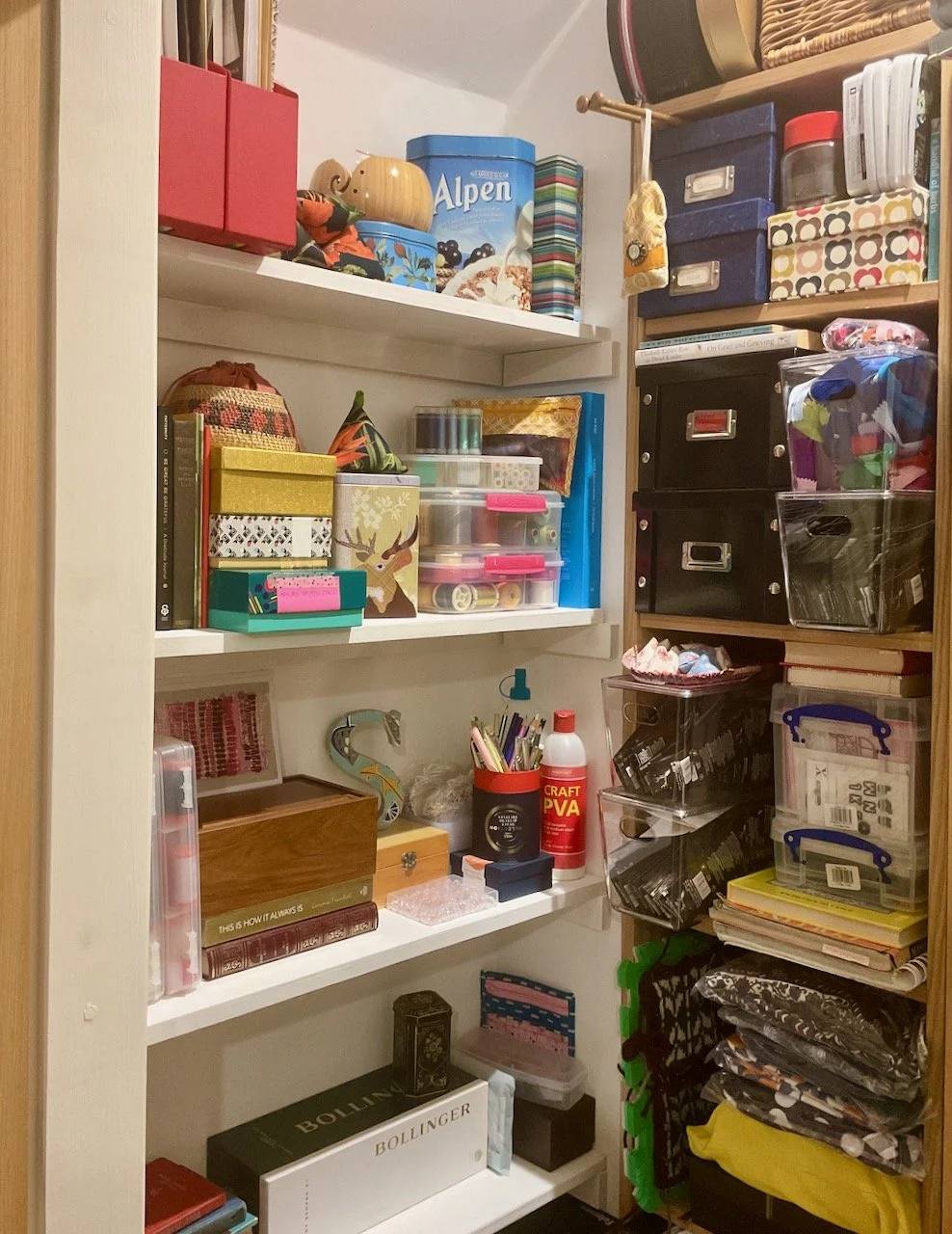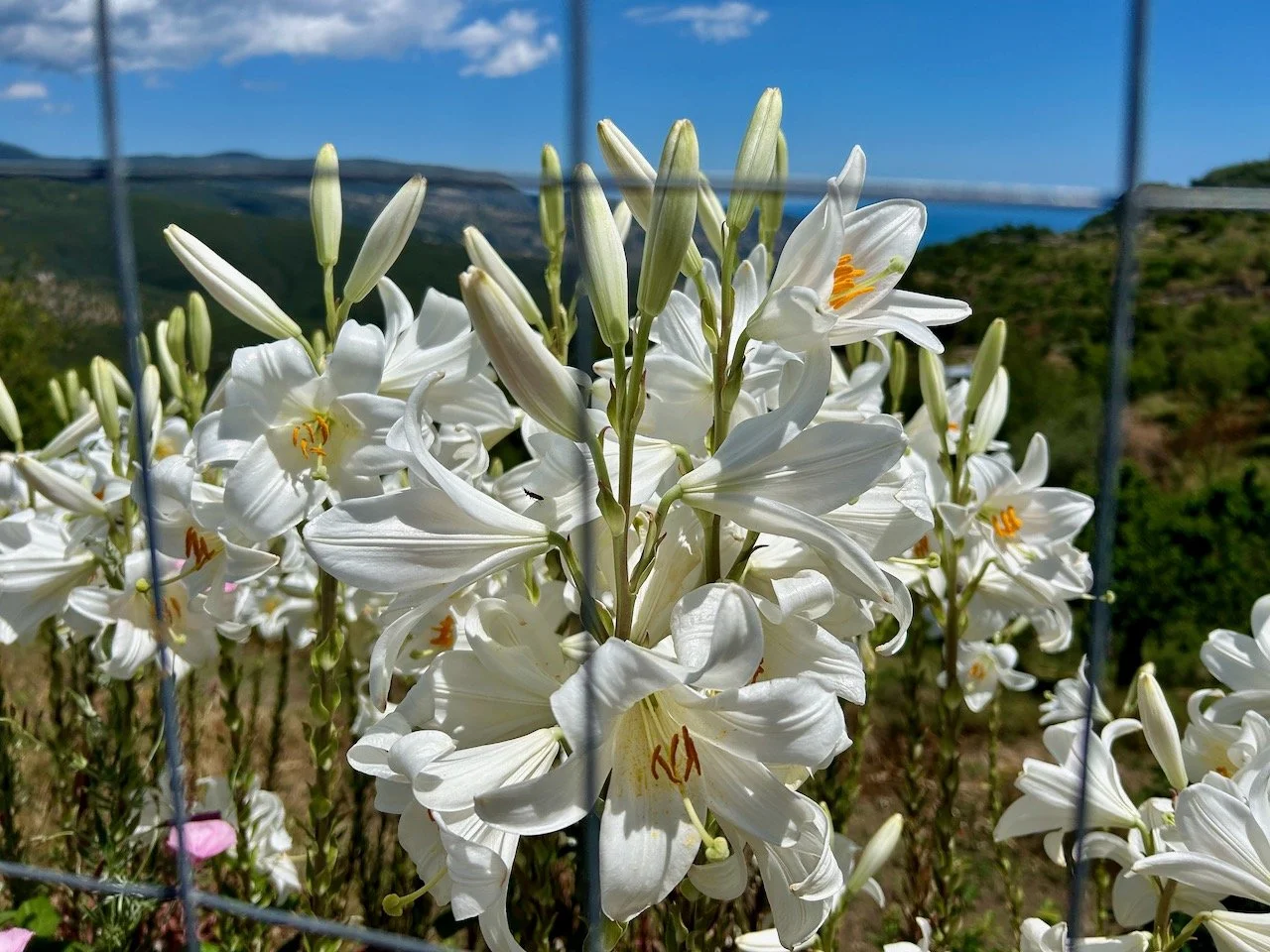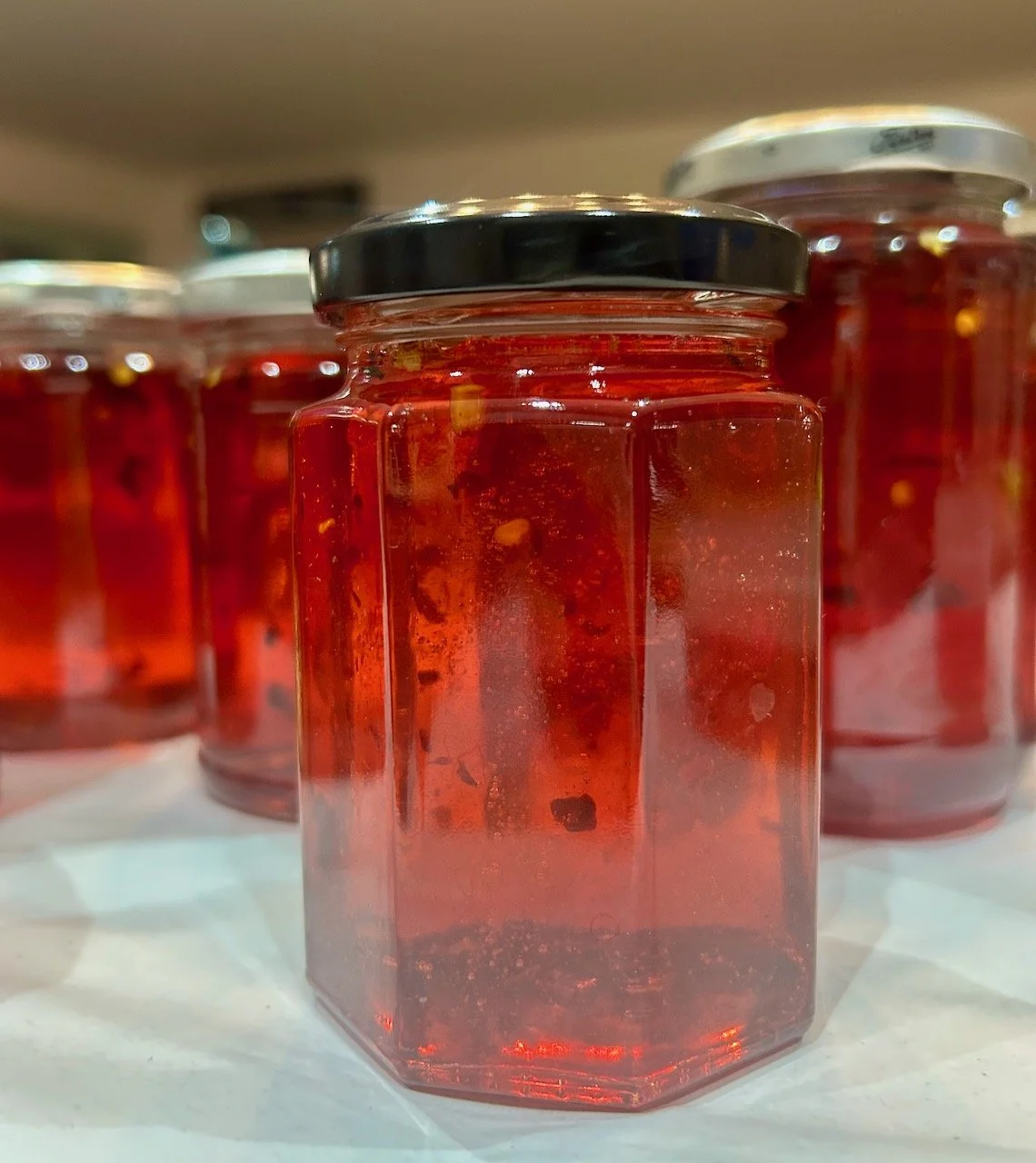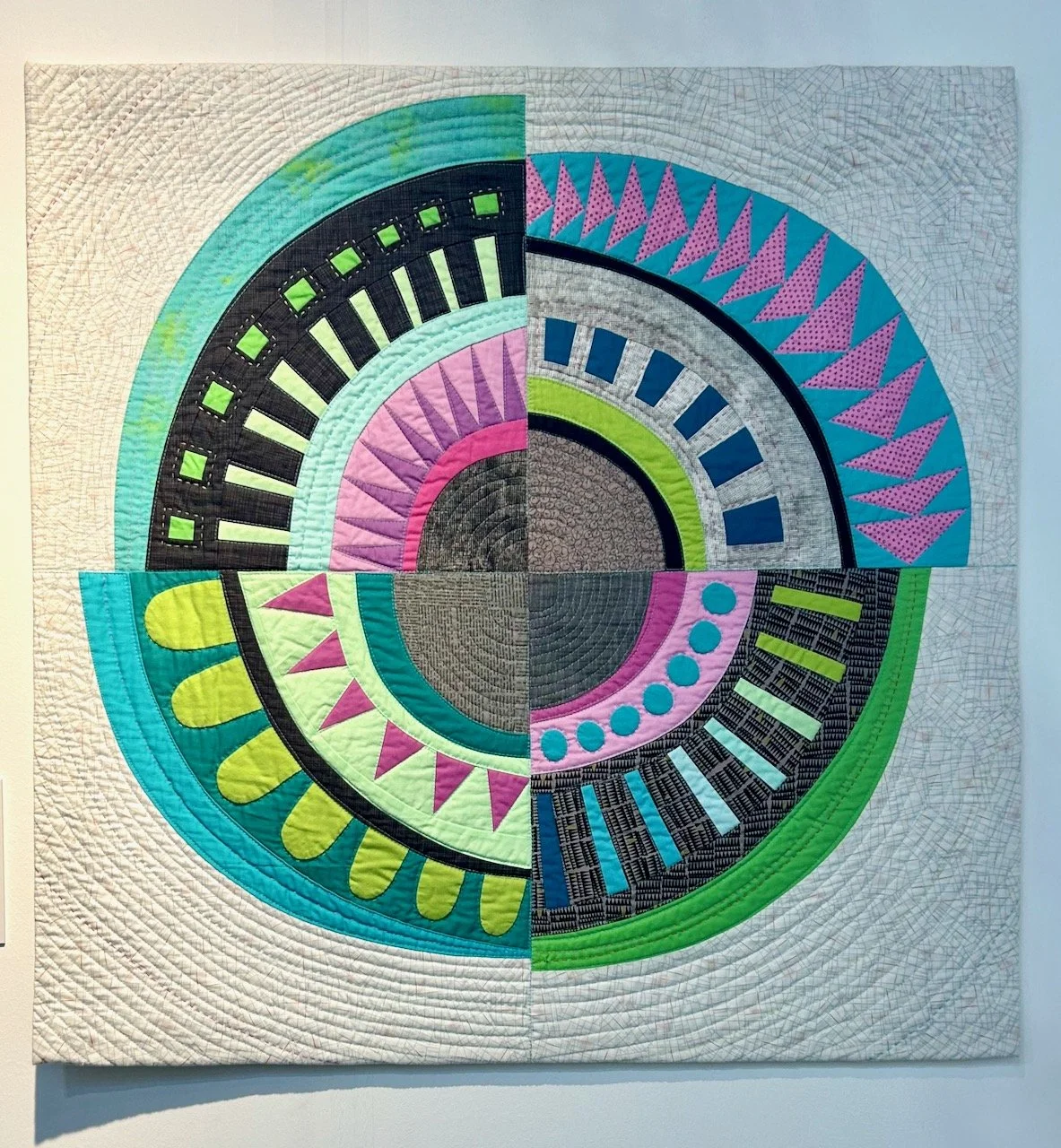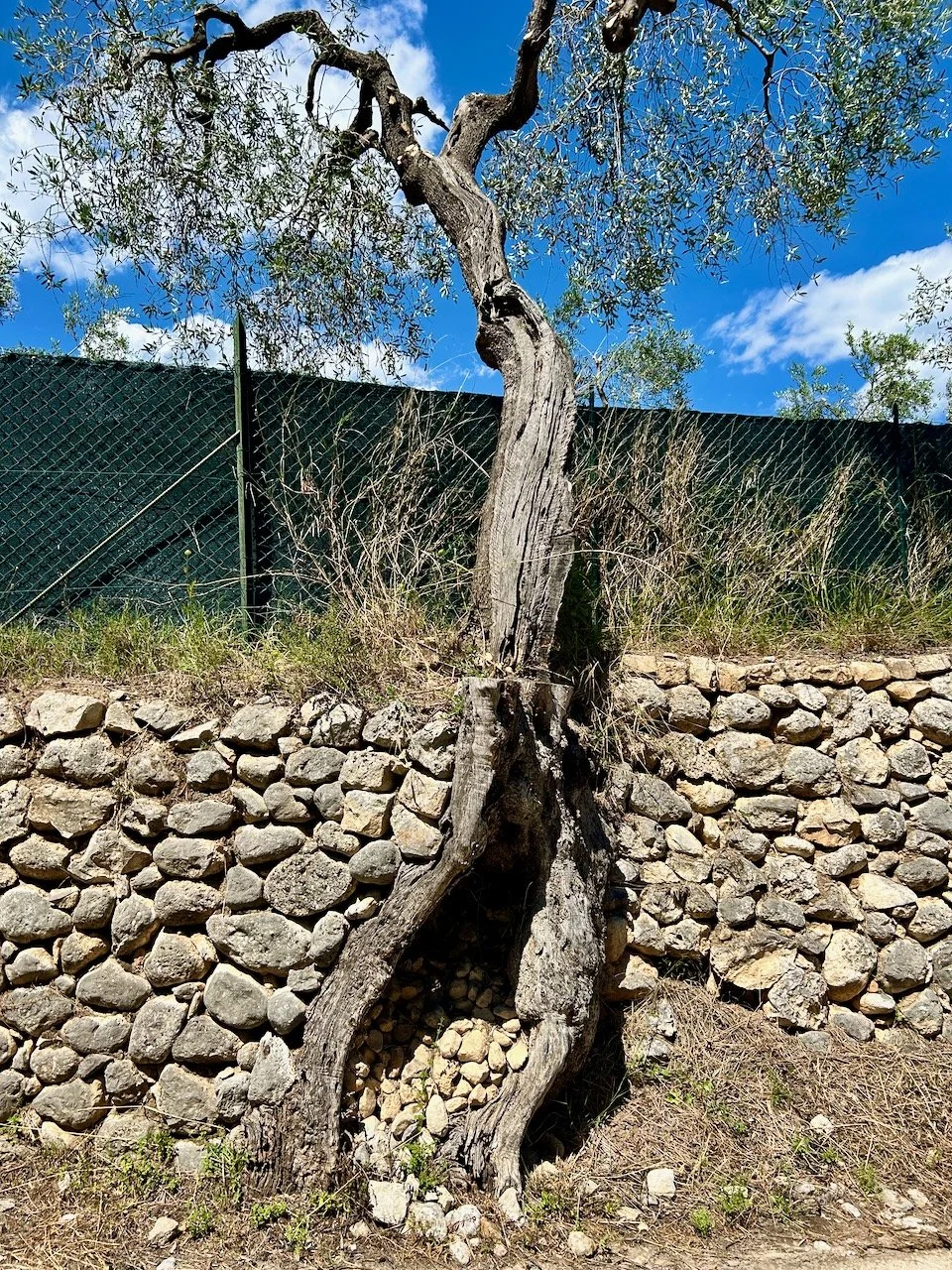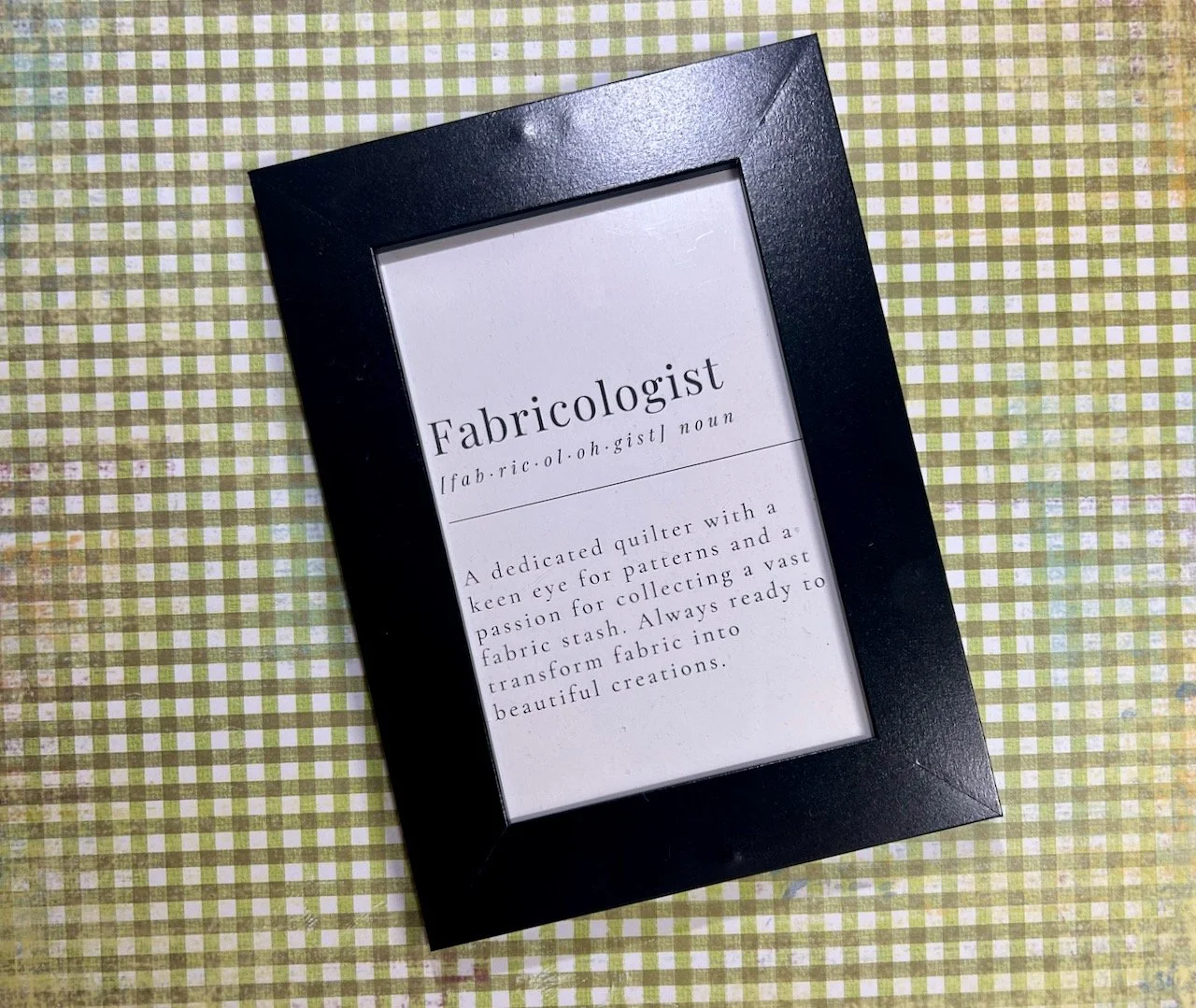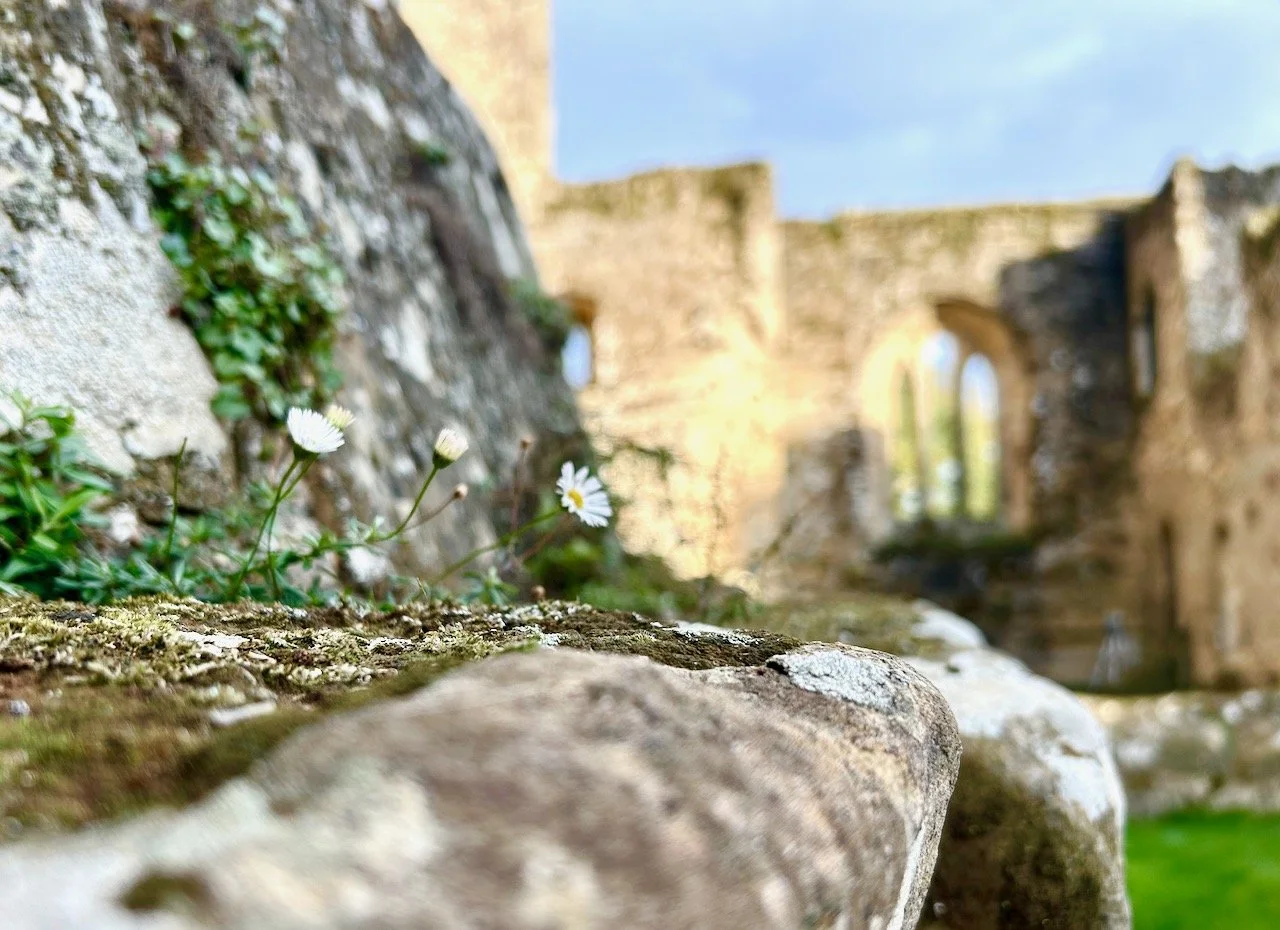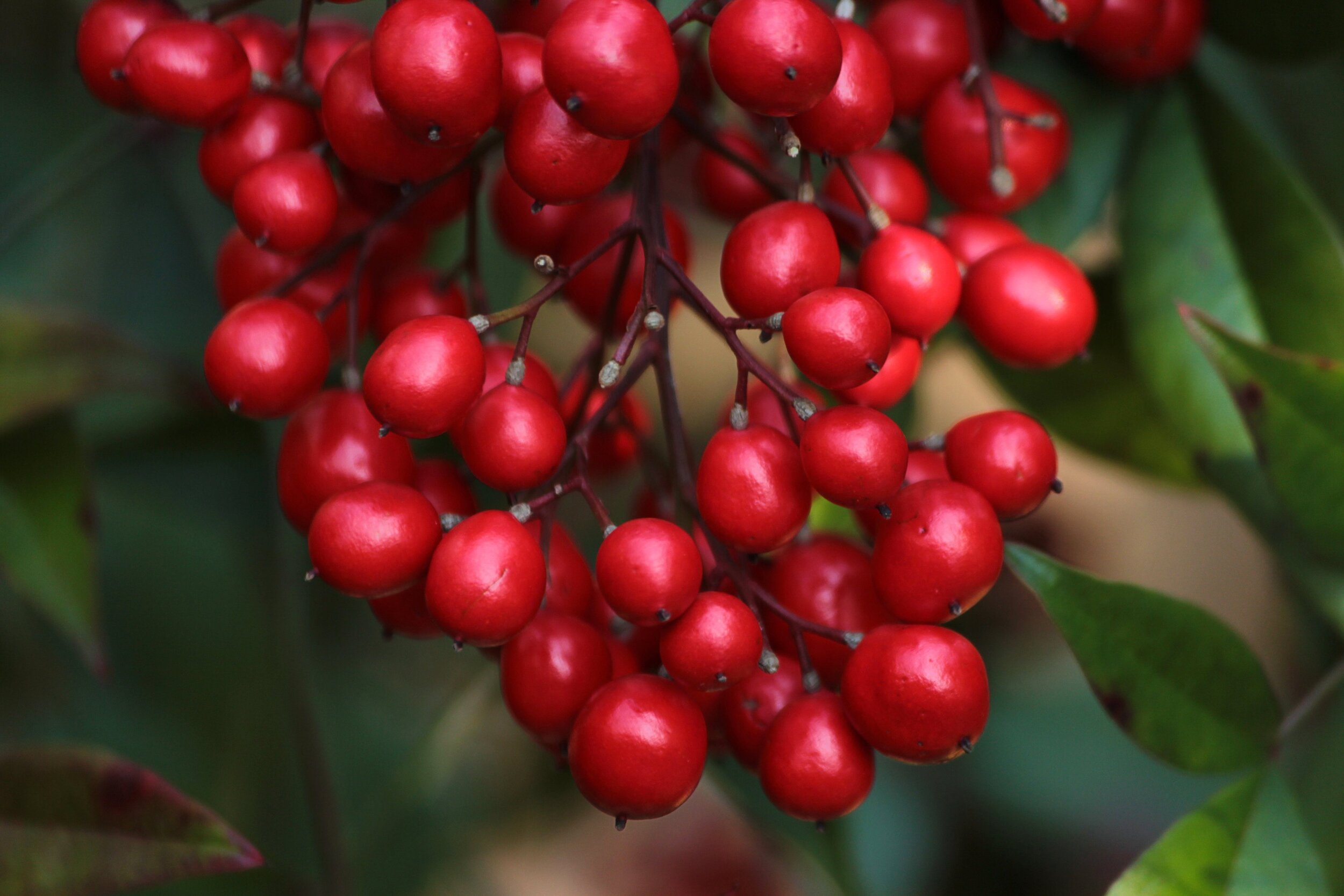It was a gloriously sunny day in London and I’d spent the morning in a meeting near Smithfield Market but then found myself with some spare time between appointments, so what else was I to do but explore the area.
Smithfield is huge – it covers 10 acres, of which 6.5 acres are covered by buildings, it’s still a working market so there’s plenty of white vans and market bustle in the area, as well as some fine traditional pubs.
There’s a mix of architectural styles here too – some ornate dating back to 1860s – and not what you’d expect for a meat market and other parts more modern opening in 1963 following a fire which destroyed the original Poultry Market five years earlier.



The plans for the 1868 building included an underground area where meat could be unloaded from the trains as much of the meat sold at the market came to London by rail. When the market was updated to meet EC regulations in the 1990s the underground area which is no longer the railway sidings became a car park.

Anyone can buy products or produce at Smithfield but the advice is to arrive before 7am to see it at its best - yes so I missed that by a country mile! On its website it says Smithfield is a “proper” market so shop around for the best price of the day.
As it was nearer to lunchtime than breakfast I headed towards Cloth Court to investigate what I’d caught a glimpse of as I walked to my meeting place earlier that morning.

Peeking through to St Bartholomew the Great

Yes, I’d seen Saint Bartholomew the Great which is one of London’s oldest churches; founded in 1123 as an Augustinian Priory, it has been in continuous use since 1143. And it’s still looking pretty good!

I particularly liked the well kept private Church House garden, which you could see peeking through the railings, the old ironmongery and the Goods Entrance sign:



The churchyard though, cooled by the canopy of trees was a great space to rest awhile away from the busy hubbub of the market just a few streets away.

And as I left I marvelled at this exquisite gatehouse, which has its own fascinating history (read about that here on the Medieval London blog)


And if all this wasn’t enough, just along from the church is Founders Hall – three unplanned discoveries in one day!
Founders Hall belongs to the Worshipful Company of Founders, one of the oldest Livery Companies in London whose website says that a hall signified that a company had truly “arrived” and was a place “where it could transact its business” as well as hold meetings.
Today’s Founders Hall is a more modern building – built in the mid 1980s – and in a new location too, it was originally in Lothbury in the heart of the City of London where many of the Founders workshops were situated.

Founders were workers in brass and brass alloys or tinplate known as “Iatten” or “laton”, producing small cast articles such as candlesticks and pots and pans.

Founders Hall
And with that, it was time for my next appointment and lunch but first…
Did you know there really is a street called Little Britain? There really is!

